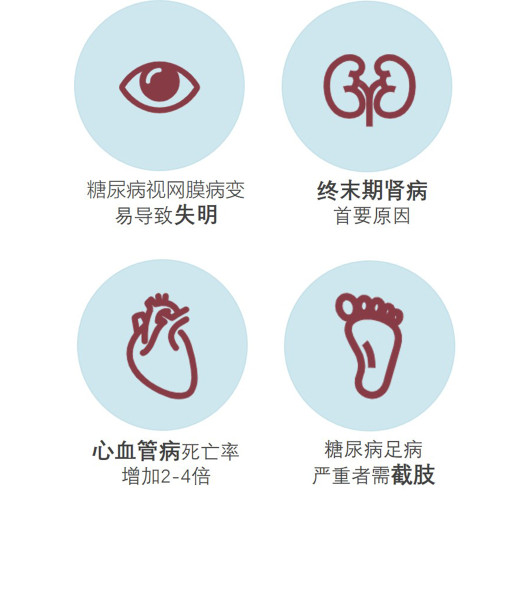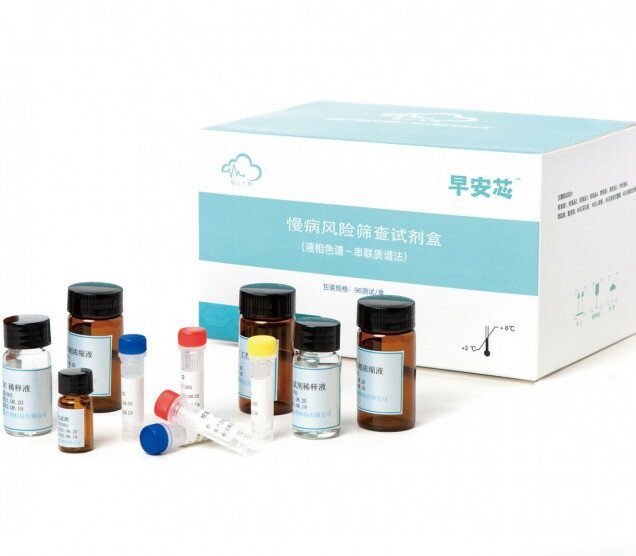Diabetes mellitus is a metabolic disease, and metabolomic tests can predict diabetes. The diabetes risk screening kit developed by Human Metabolomics Institute Inc. can be applied in selecting early warning markers of diabetes through the metabolomics method, and the "accurate" results obtained by ultra-high performance liquid chromatography-tandem mass spectrometry with high accuracy detection. Then, the "precise" analysis obtained by the intelligent system operation can detect the risk of incident diabetes 5-10 years earlier.

Diabetes causes many complications and health risks
- Developed by Human Metabolomics Institute, Inc., the kit alongside the related method used to determine the risk that an individual will develop diabetes and screen a population to identify persons at risk for developing diabetes. HMI has obtained the authorized patents in US and Japan for this kit and its method of the prediction of the risk of developing diabetes, the treatment of disease, and the assessment of the efficacy of treatment options.
- HMI received the highest funding in the biopharmaceutical field byEmerging Industry Support Program made public by the Industry and Information Technology Bureau of Shenzhen, for thei R&D program “Development and Application of Diabetes Detection System Based on Mass Spectrometry”.

Technical Advantages
Earlier Detection Rate: It can detect the risk of incident diabetes 5 years earlier.
- High Accuracy: Compared with the gold standard for blood glucose measurement, its accuracy for positive prediction is greater than 80%.
Convenience and Cheap: Detection can be performed with only a small amount of blood, and the cost is relatively low.
Safety and Noninvasive: Provides a good experience for the subject. The same subject can be repeatedly tested at regular intervals to dynamically reflect the insulin resistance status.
- Preventive Treatment of Disease: People detected with high risk of diabetes can avoid developing diabetes through lifestyle, dietary and exercise interventions.



